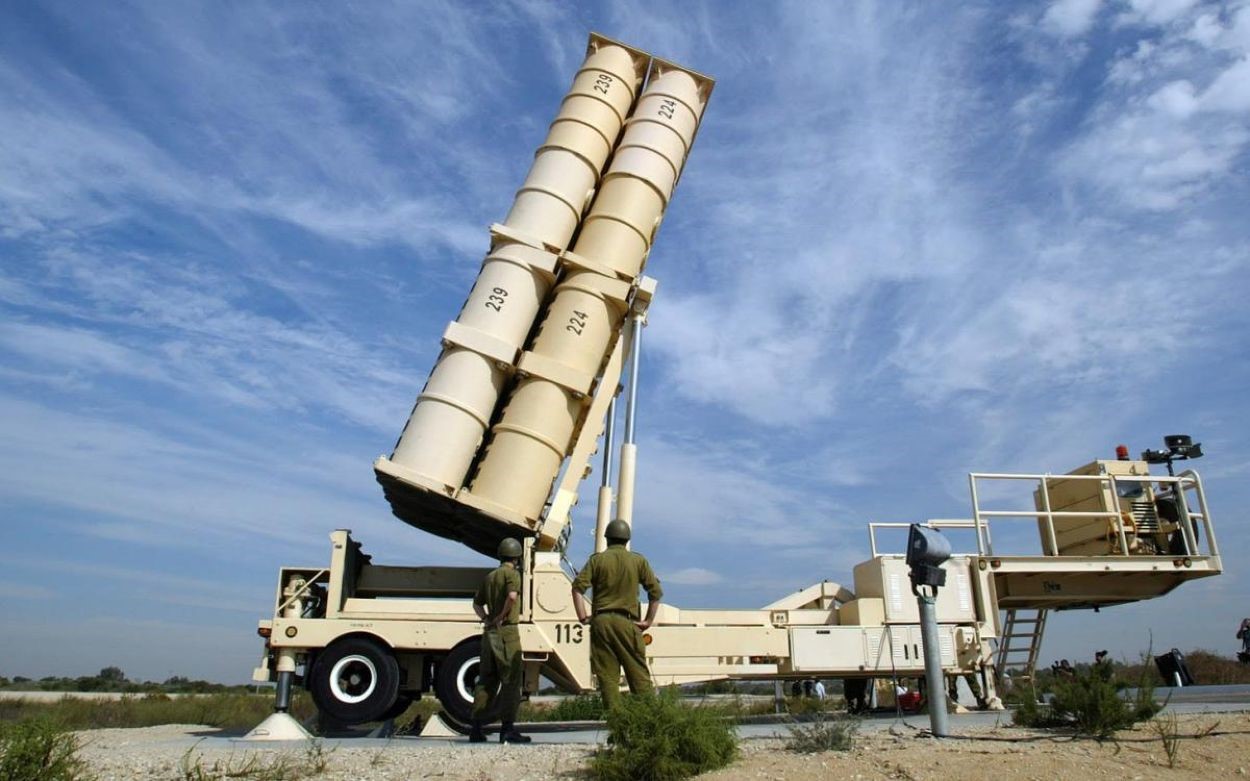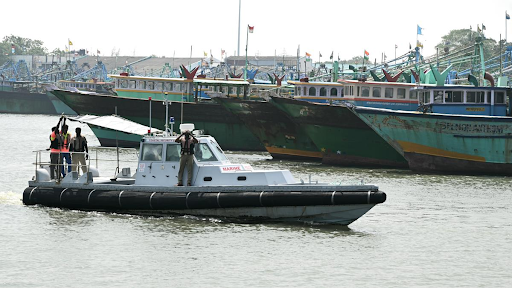Description

Disclaimer: Copyright infringement not intended.
Context
- Amid the United Nations' infructuous attempts to invoke a ceasefire to the ongoing Israel-Hamas war in the Gaza Strip, Israel confirmed that it used its sophisticated Arrow 3 missile interceptor against Iran-backed Houthi rebels.
- Israel has used this missile for the first time since its deployment.
Details
- The Arrow 3 or Hetz 3 is an exoatmospheric hypersonic anti-ballistic missile, jointly funded, developed and produced by Israel and the United States.
- Undertaken by Israel Aerospace Industries and Boeing, it is overseen by the Israeli Ministry of Defense's "Homa" administration and the U.S. Missile Defense Agency.
Purpose and Development
- Defensive Capabilities: The Arrow 3 missile is designed as an anti-ballistic missile defense system primarily to intercept long-range missiles.
- Development: Jointly developed by Israel Aerospace Industries (IAI) and Boeing, in collaboration with the U.S. Missile Defense Agency.

Key Features
- Long-Range Interception: Designed to intercept threats at high altitudes and longer ranges compared to its predecessor, Arrow 2.
- Exoatmospheric Intercept: Capability to intercept incoming missiles outside the Earth's atmosphere.
- Hit-to-Kill Technology: Utilizes kinetic energy to destroy incoming threats, rather than relying on explosive warheads.
Technical Specifications
- Range: Capable of intercepting threats at ranges of more than 1,500 kilometers.
- Altitude: Able to engage targets at altitudes that reach beyond the Earth's atmosphere, typically above 100 km.
- High Speed: Travel speeds estimated at Mach 9 (9 times the speed of sound) or greater.
- Precision Guidance: Equipped with advanced sensors and tracking systems for accurate target acquisition and interception.
Interception Capabilities
- Multiple Targets: Ability to engage multiple incoming threats simultaneously.
- Effectiveness: Considered highly effective against a wide array of ballistic missiles, including intermediate-range and intercontinental ballistic missiles (ICBMs).
Operational Aspects
- Layered Defense: Forms an essential part of Israel's multilayered missile defense system alongside systems like Iron Dome and David's Sling.
- Cooperation: Operates in conjunction with other missile defense systems to provide a comprehensive shield against various missile threats.
- Threat Response: Deployed to counter potential missile threats from adversaries, enhancing Israel's national security posture.
- Regional Impact: The Arrow 3 system also contributes to regional stability by deterring potential missile attacks.
Significance and Challenges
- Deterrence: Acts as a deterrence against adversaries possessing long-range missile capabilities.
- National Security: Critical in safeguarding Israel against potential missile attacks, enhancing overall national security.
- Technological Complexity: Developing and maintaining cutting-edge missile defense technology involves significant technical challenges and requires continuous advancements.
- Cost and Investment: The development and operation of such advanced defense systems entail substantial financial investment and ongoing expenditure.

Conclusion
The Arrow 3 missile system represents a critical component of Israel's missile defense strategy, offering advanced capabilities for intercepting long-range ballistic missile threats. Its deployment signifies a commitment to enhancing national security and regional stability, albeit amid continuous technological advancements and challenges inherent in the field of missile defense.
|
PRACTICE QUESTION
Q. Which of the following statements about the Arrow 3 missile system is/are correct?
- The Arrow 3 missile intercepts long-range ballistic missiles at high altitudes outside the Earth's atmosphere.
- It is developed solely by Israel Aerospace Industries (IAI) without any international collaboration.
- The Arrow 3 system is primarily designed to intercept short-range missiles within the Earth's atmosphere.
Options:
A. Only 1
B. Only 2
C. Only 3
D. Both 1 and 3
Answer: A
|










